
Vang Vieng: Dusty Motorcycle Rides and Wild Caves
February 17, 2018
October 4, 2017
While Bako, the other national park in which we spent a few days here in Borneo, is very good for spotting wild animals, Mulu, where we are now, is best known for its caves. But of course, the caves are in the middle of the rainforest, so there is also a lot of interesting plant and animal life to see too.
The only (practical) way to get to Mulu is to fly in, as the national park office and the few accommodation options around it are literally in the middle of the jungle. The other option would be a veeeery long boat ride. So, like most other tourists, we flew in, and it was impressive to experience the descent of the plane over and into the rainforest.
It was also fun to be in the smallest and least complicated airport that both of us had seen: we walked from the plane to the airport building, and there was no conveyor belt for delivering the luggage – it just got brought in from the plane on carts and given to whoever raised their hand when each piece of luggage was shown.
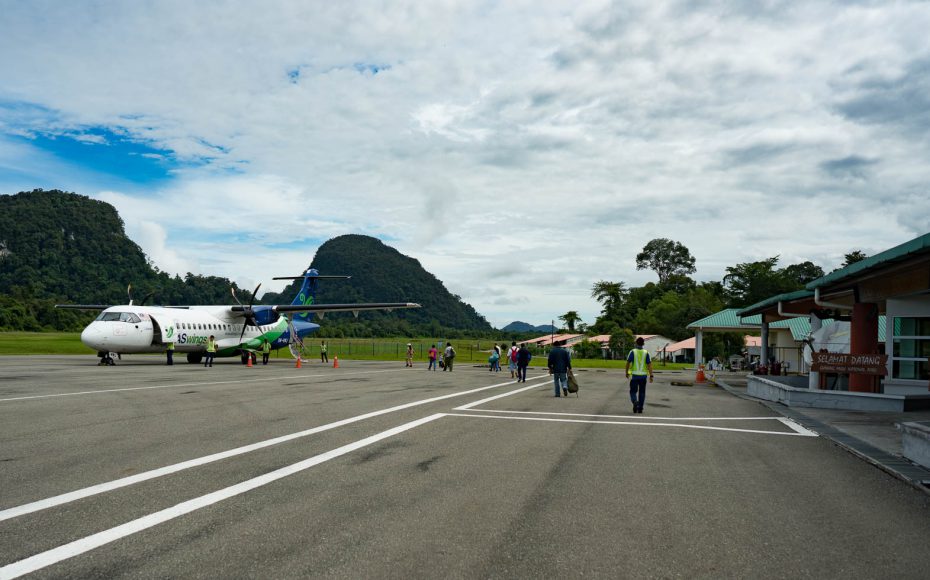
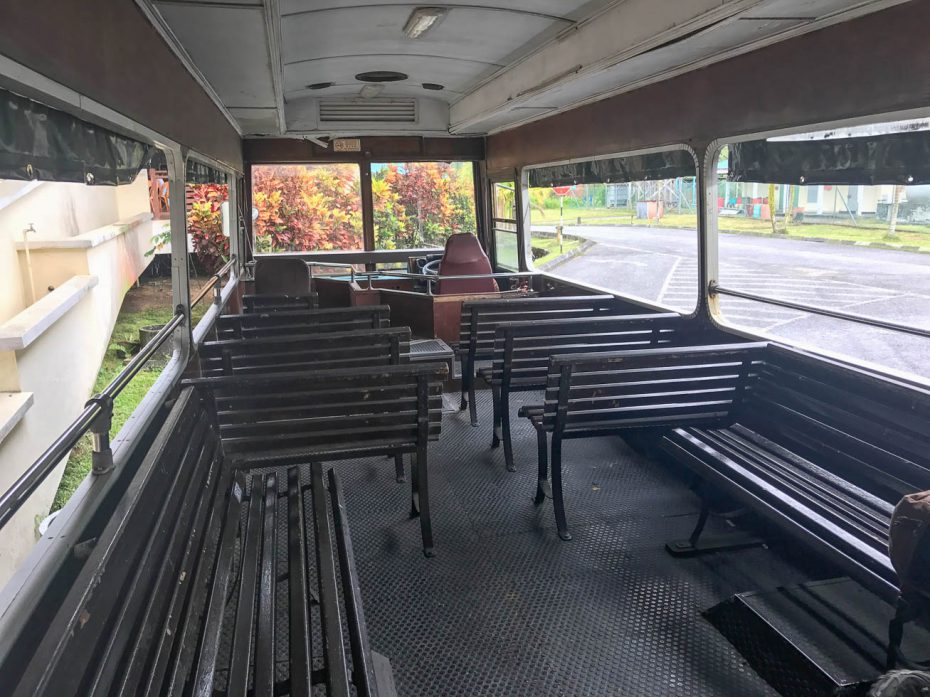
Although, as said above, the main attraction in Mulu are its caves, for me it was still the rainforest that fascinated me more. I’m so impressed with its many (and loud!) sounds, with all its shades of green, with all the life within it, with how small it makes you feel.
On our first full day in Mulu, I got a new perspective on the rainforest through a canopy walk that we did – which means that we were walking for about half an hour on a very narrow walkway suspended by trees, at an average height of about 30 m above the ground. It’s actually the longest tree-suspended walkway in the world (450m). After doing it, I can now say for sure that I have no fear of heights – yay!

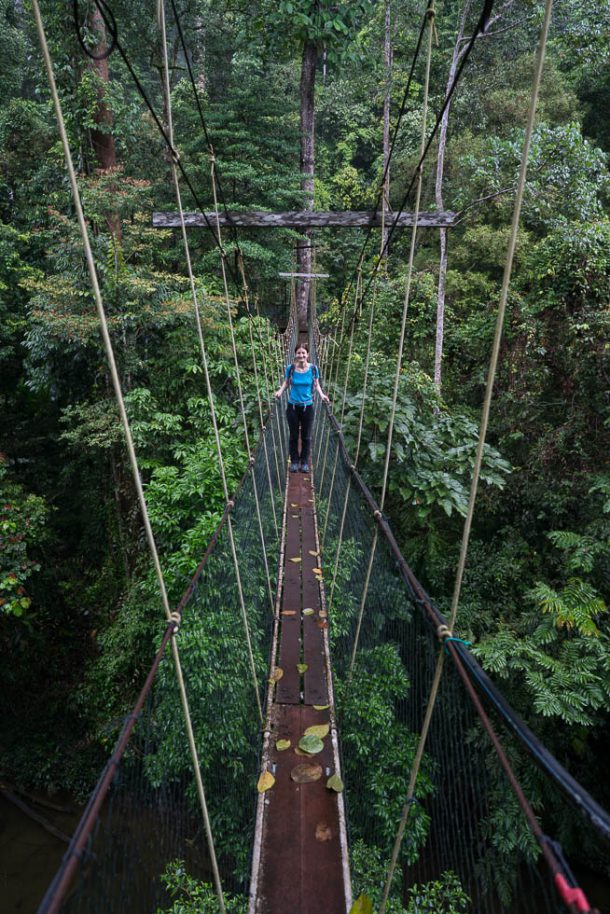
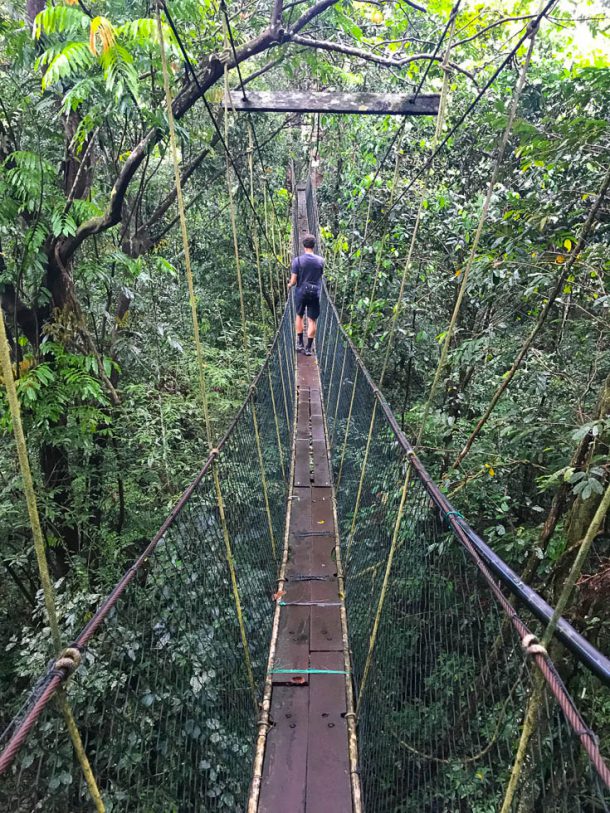

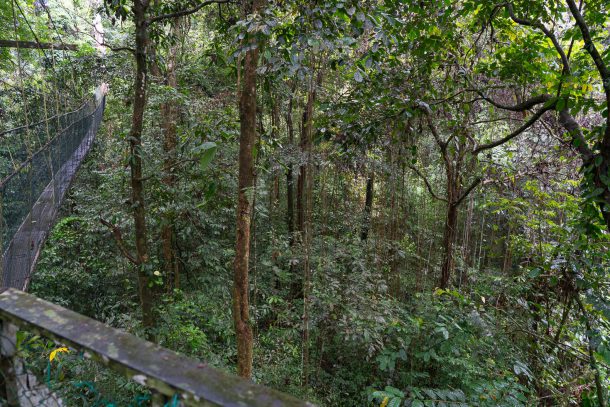
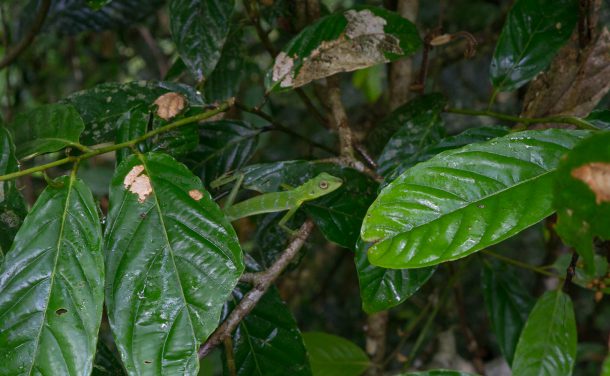
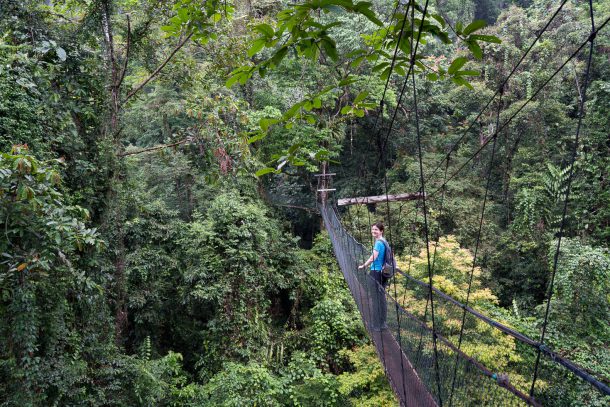
On another day, while Daniel was off doing a trek I didn’t want to do, I took myself on a walk through the rainforest – all alone. I was wondering what it would be like to experience the jungle alone and to listen to its sounds with no one else around. I was lucky enough that I could do this small trek really alone – there were no other people around, probably because everyone prefers to go to the caves. Perfect for me to have the jungle all to myself (so to speak…).
As I expected, being in the forest alone enhances the experience in certain ways: you pay more attention to what is around you, while constantly being alert about whether there is any nearby threat (although, honestly and rationally, I don’t think anything too bad could happen in this rainforest as long as you don’t provoke any of the animals. And it’s quite unlikely that you see/meet any animals anyway. But since I tend to be scared of spiders and any rather big insects, I’m constantly on the lookout…). Watch the video below with the sound on if you’d like to hear what the jungle sounds like – it’s really loud actually, with all the insects, birds and frogs that try to out-sing and out-buzz each other.
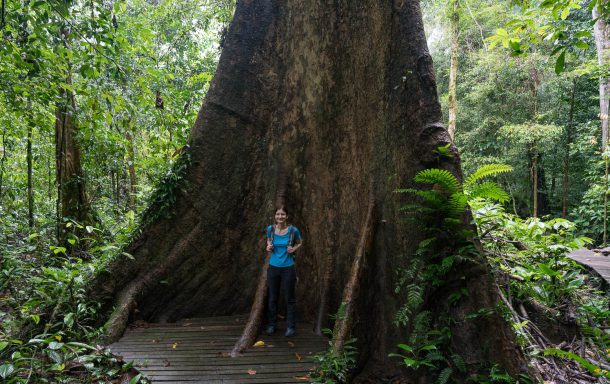
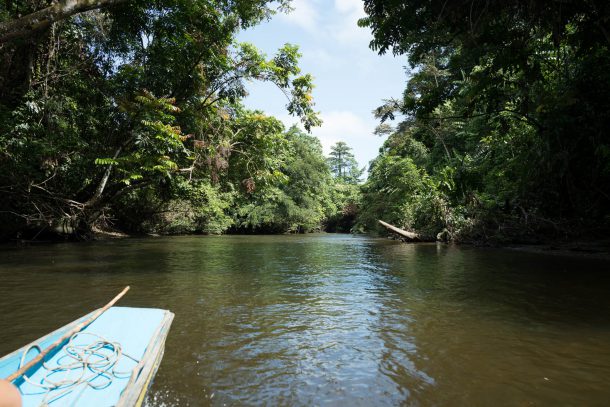
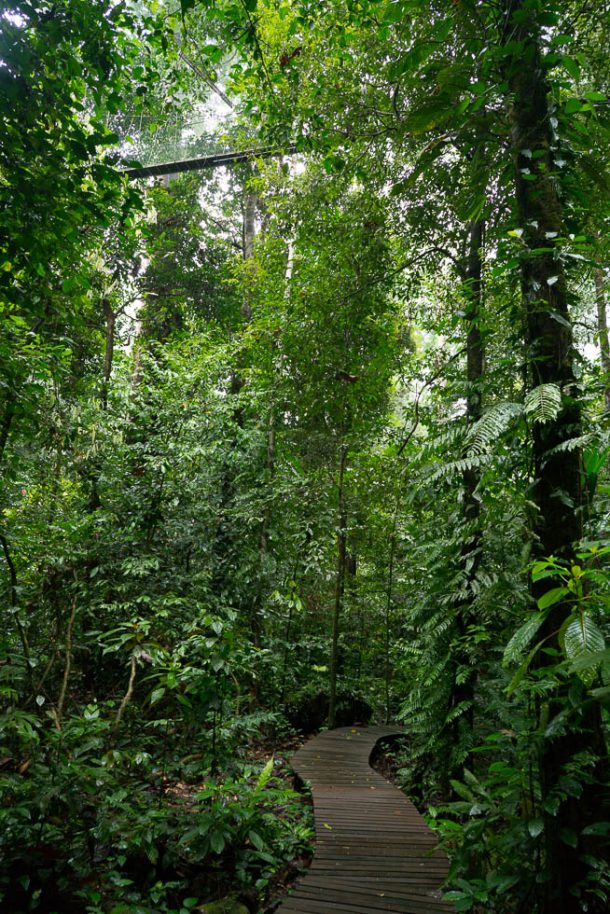
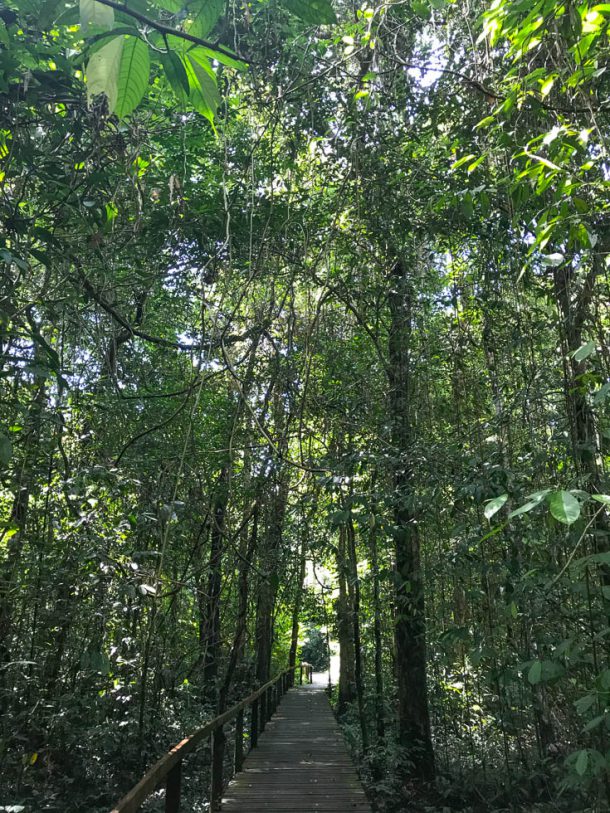
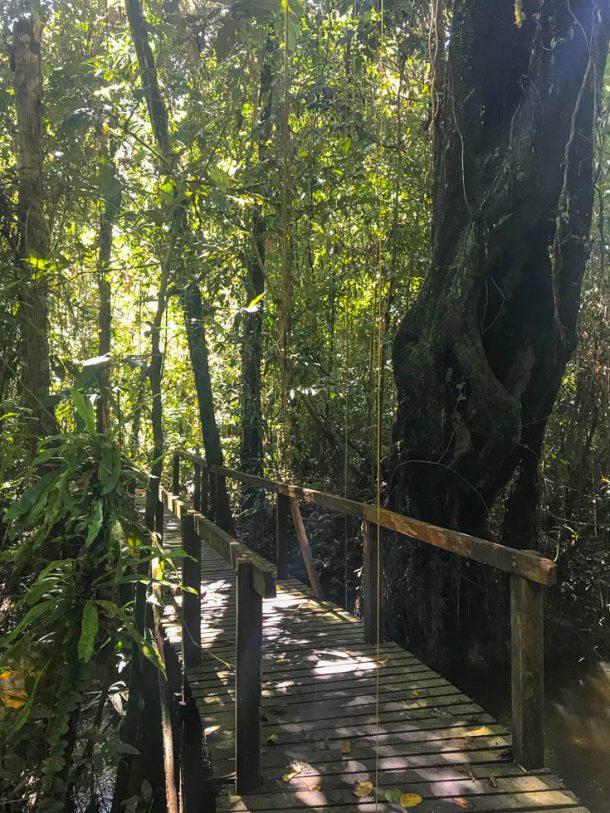
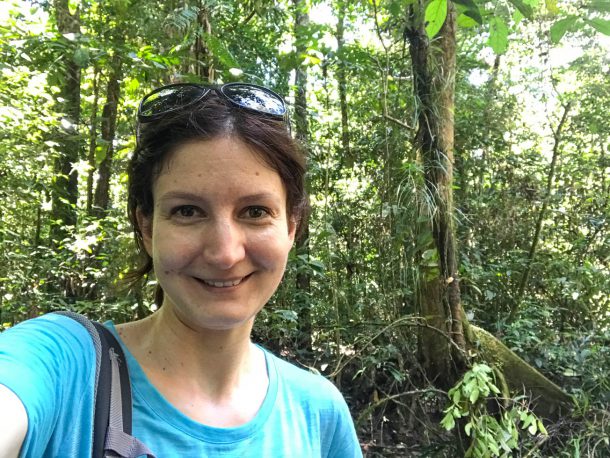
Through 2 guided tours, we got to see 4 of the caves in Mulu. On our second day in Mulu, we had a guided tour of 2 of the caves here (the Cave of the Winds and the Clearwater Cave), which were both very beautiful and impressive, but, from what I saw, completely unworthy of their names: we could feel no wind in the Cave of the Winds (we were told that was because of the weather that day), and the water in the Clearwater Cave was the opposite of clear – it was muddy and completely opaque (we were told that was because it had rained a lot the day before). But that aside, both caves are beautiful and I was impressed by how big they are – I felt completely dwarfed inside them.
And then we did another tour of 2 other caves, and I got another idea of what it means for a cave to be really big. The Deer Cave was once thought to be the biggest cave in the world, having a width of 120m and an equal height at its entrance. But then a bigger cave was found in Vietnam, so the Deer Cave lost the honor. But it’s nonetheless huuuuge and really makes you wonder how such a big hole was formed in the mountain.
Another fun fact: about 2-3 million bats live inside this cave. Which means, there are huge piles of guano on the floor cave (fortunately, as a tourist you only walk on elevated walkways through the cave. But still, with that many bats hanging above your head from the cave ceiling, what are the chances that some of them… ahem… shit on you while you’re inside? I guess the chances are quite high… Both Daniel and I showered very fast after getting back to our hotel room). Another interesting phenomenon is that about 1 million of these bats (plus-minus, but who’s counting) leave the cave more or less every day in the late afternoon to go look for food. This creates a great spectacle for the tourists and the national park administration even set up a nice big observation deck close to the cave entrance, complete with amphitheater-like seating and a kiosk selling drinks and snacks. All good and great, except that on the day we waited for them, the bats decided to not come out! This happens every now and then, although on most days they do come out. Oh well, maybe next time we go to Mulu, we’ll have better luck.
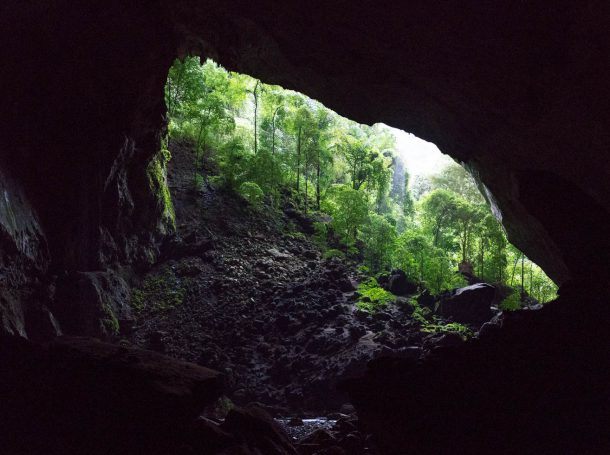
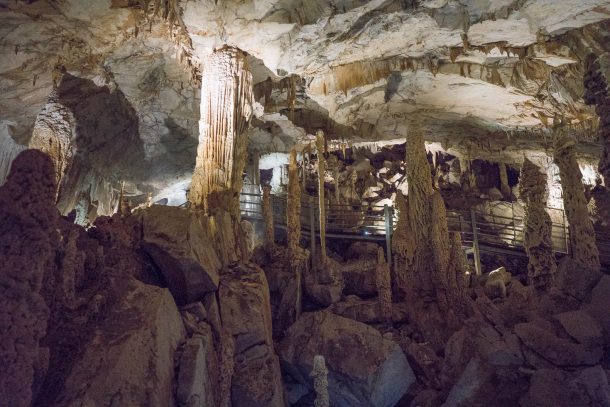
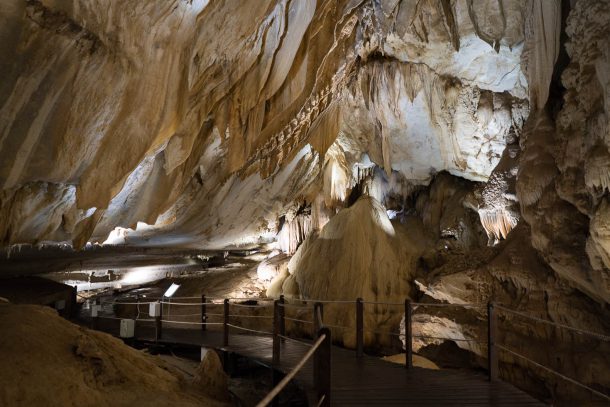

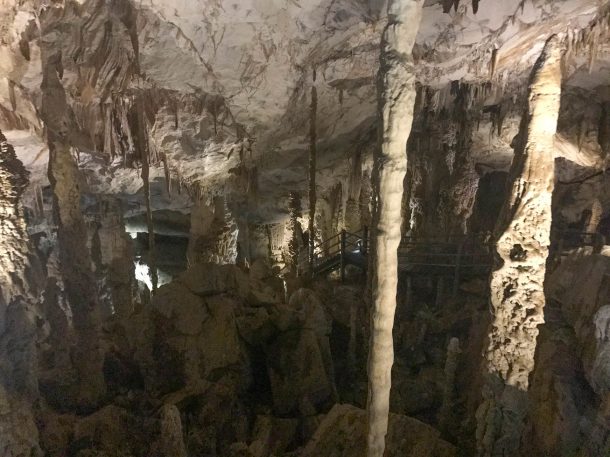
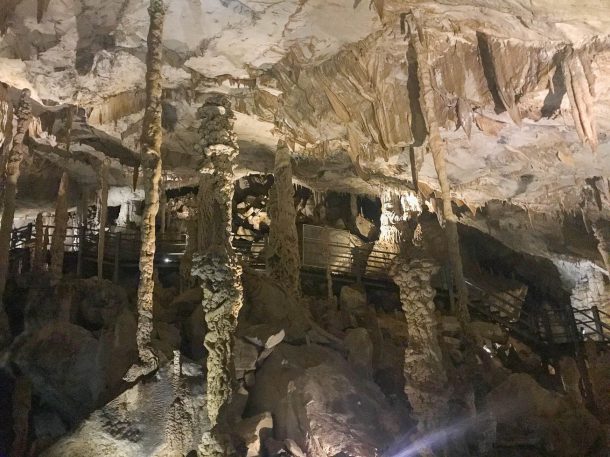
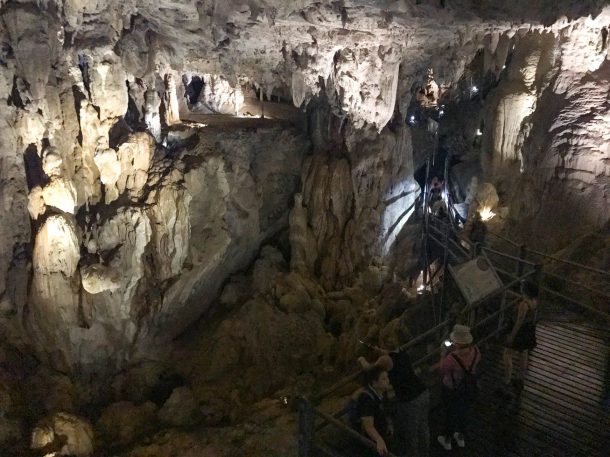
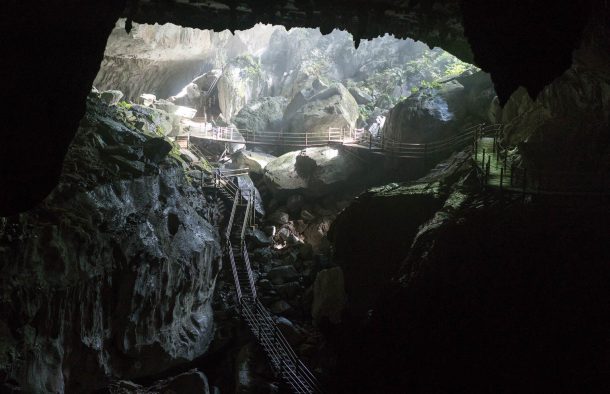

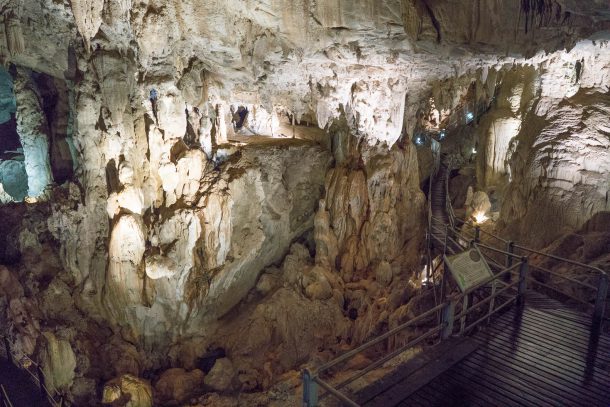
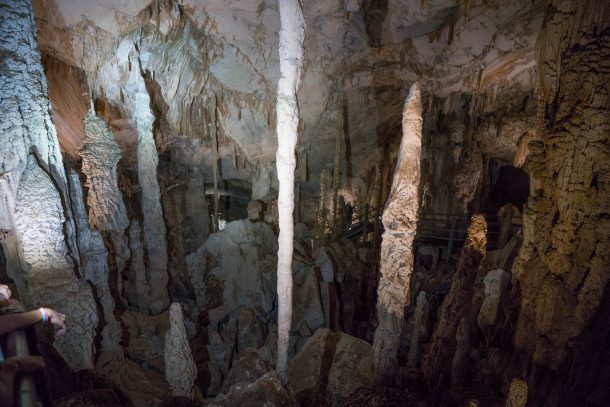

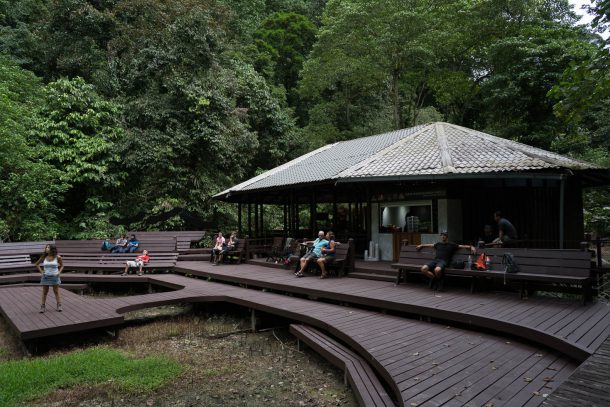
Daniel did even more tours than I did while we were in Mulu, so check his blog posts if you’d like to find out more.
We stayed in a hotel in Mulu, which deserves a few words here because it was so nicely made. Whoever designed it did a great job of integrating it in the surrounding rainforest and making sure everything works with, rather than against, the location in which it was built. Naturally, it had its price, but it was great to spend a few days there and pamper ourselves a bit.
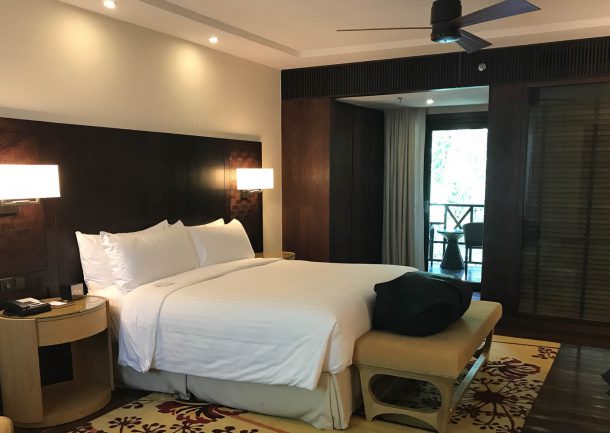
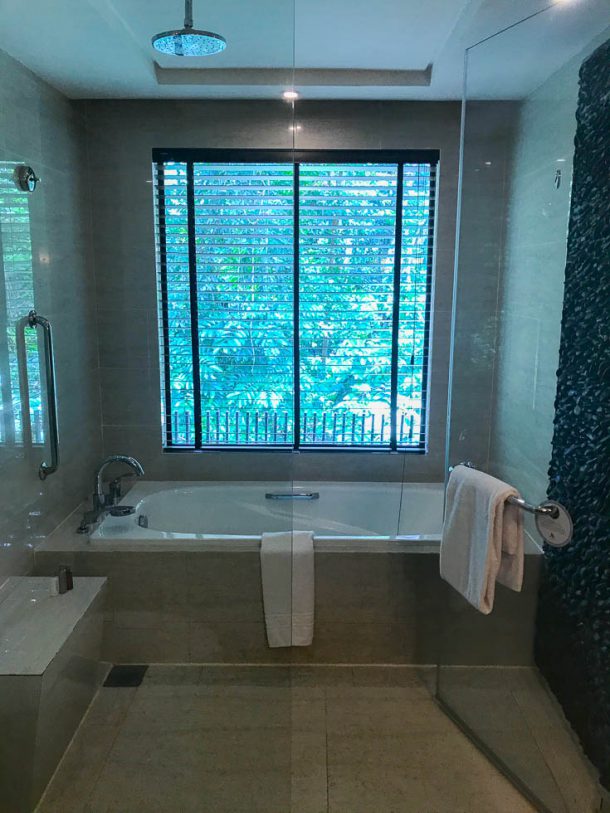
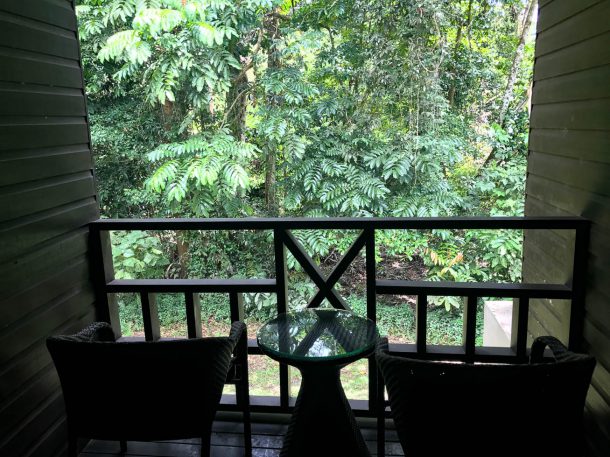

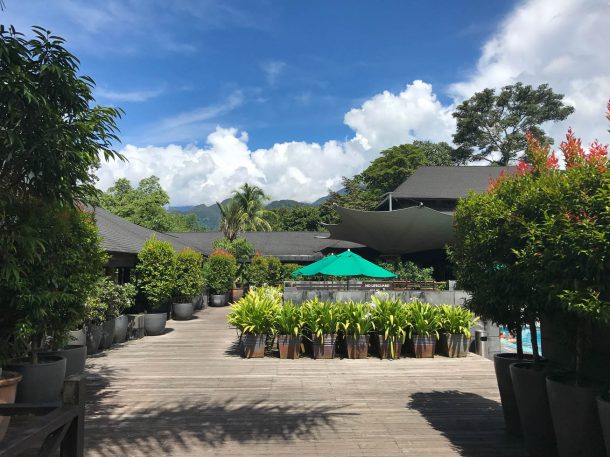
What is good about Mulu’s remote location is that you really get that feeling of being isolated from the rest of the world. It’s not easy to get here and it can’t be done as a day trip, hence only the tourists who really want to closely experience the jungle come here. And they are all respectful of the nature that surrounds us here. Plus, internet access is almost nonexistent, so whether you like it or not, you have to go on a digital detox.
Compared to Bako, Mulu is much better organized. The park office is very professional in organizing guided tours, the guides themselves are knowledgeable, and they all speak a reasonable amount of English.
In general, pretty much everything exceeded our expectations in Mulu: the nature is somehow grander, more beautiful and more impressive, the tours more exciting, and everything just a bit wilder and more remote.
Leave a reply